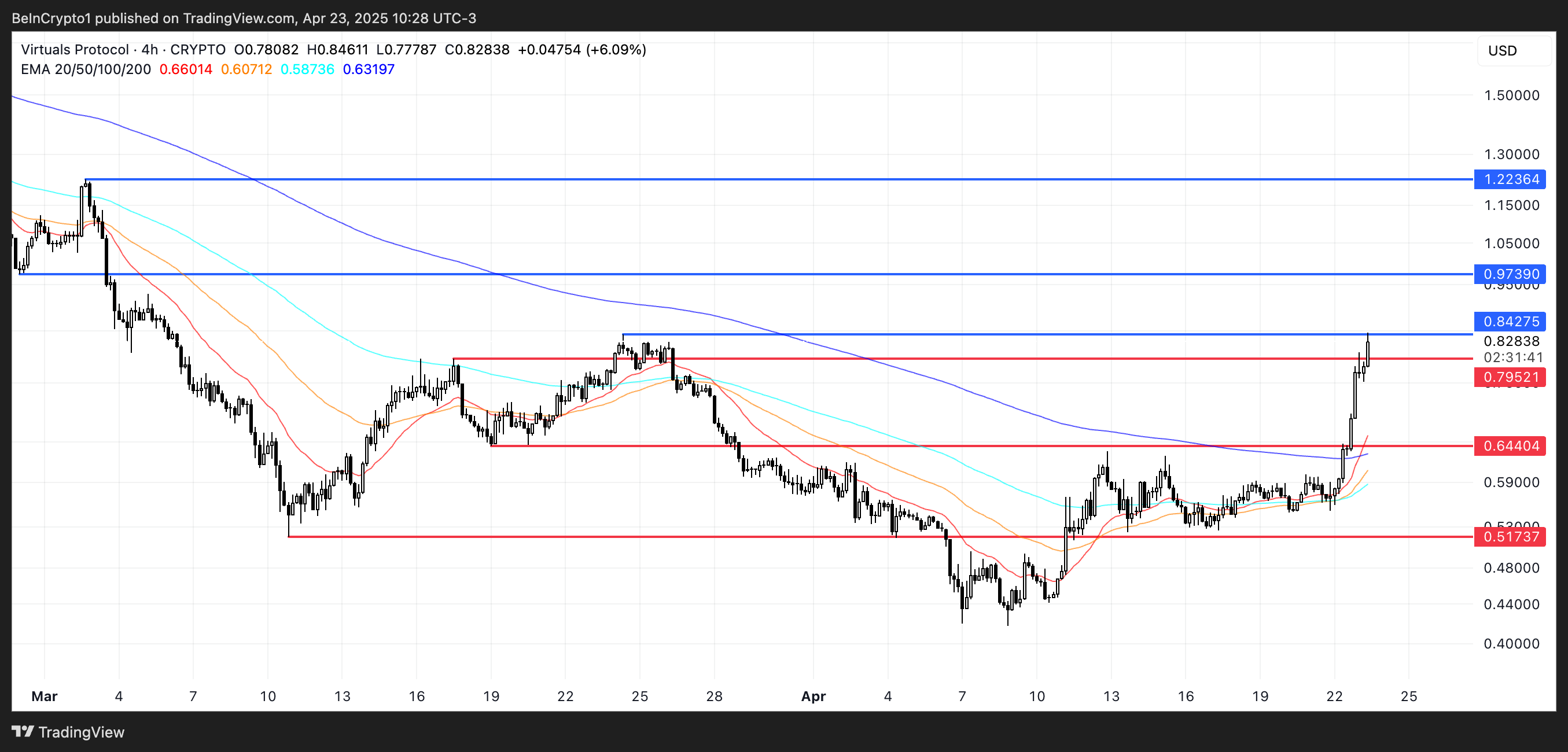Bitcoin Miners Catch a Break with New Difficulty Drop
Bitcoin's mining difficulty has seen a notable decrease of over 4% following the latest network adjustment.
This metric, which gauges the effort required for miners to find blocks, is recalibrated approximately every two weeks to ensure a steady rate of block production.
The difficulty level acts as a mechanism to control Bitcoin’s inflation by regulating the pace at which new blocks are mined and rewards are distributed. When mining power, or hashrate, increases, the difficulty is raised to maintain the target block time of ten minutes. Conversely, when the hashrate declines, the difficulty is lowered to keep the block production rate stable.
Recently, a significant drop in difficulty suggests that the mining power has decreased. Prior to this, there was a substantial increase in difficulty due to a surge in hashrate, reaching an all-time high. This spike had put pressure on miners, reducing their profitability as more participants joined the network without an increase in block rewards.
READ MORE:
Analyst Who Predicted 2018 Bitcoin Bottom Now Optimistic on BTCThe latest reduction in difficulty may provide some relief to miners, allowing them to process blocks more efficiently despite a lower collective computing power. This adjustment is part of Bitcoin’s ongoing efforts to balance the network’s mining ecosystem.
Disclaimer: The content of this article solely reflects the author's opinion and does not represent the platform in any capacity. This article is not intended to serve as a reference for making investment decisions.
You may also like
ARC and VIRTUAL Show Potential for Rebound Amid Recovery in AI Crypto Sector

XRP Price Recovery Sparks Analysts’ Speculation on Double-Digit Targets Amid Rising Futures Interest

XRP Surges Towards Key Resistance Levels Amid Overbought Signals and Bullish Momentum Indicators

Twenty One Capital Seeks to Challenge Michael Saylor’s Strategy as a Leading Bitcoin Treasury Firm
